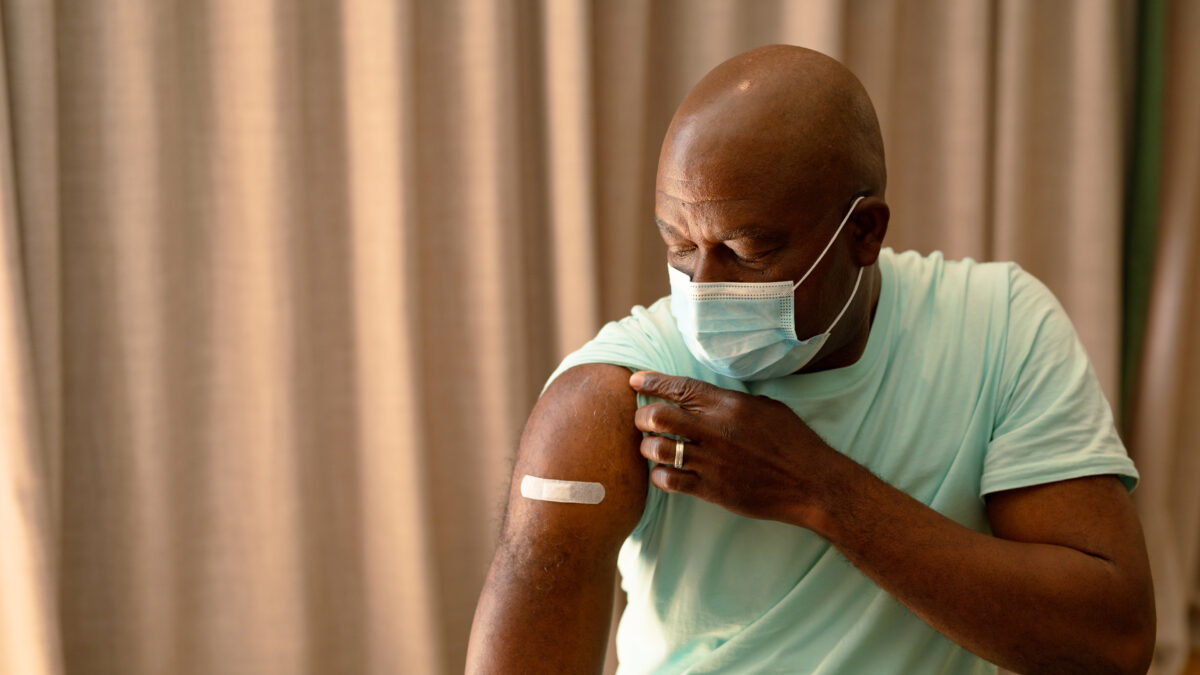Heart disease is the top cause of death among Americans, but those risks are even higher in minority populations and rural communities. Higher rates of cardiovascular disease and mortality in rural populations are the result of many overlapping factors, including socioeconomic indicators of health, limited access to clinics and difficulty accessing specialists. These socioeconomic differences contribute to frightening outcomes. With heart failure deaths on the rise, addressing the disparities is more important than ever.
Rural Lives, Urban Standards
For patients living with chronic heart failure, traveling far from a medical center increases delays in seeking emergency and preventive care. Managing daily symptoms becomes harder when follow-ups require significant travel, including time away from work or family obligations.
Almost half of US counties don’t have a single cardiologist. Residents of rural counties must travel twice as far as their urban counterparts to receive care.
Access to quality cardiac rehabilitation programs is limited by geographic isolation, which is already correlated with high cardiovascular risk. When these barriers are combined with racial disparities for many Indigenous and Black communities, they are significantly more likely to die of heart attacks and related conditions.
Racial Disparities Among Heart Patients
Statistical data show that Black men and women are hospitalized for, and die from, heart failure far more often than their white counterparts. These disparities persist even after adjusting for known risk factors.
- Black men have a 70% higher risk of heart failure than white men.
- Black women’s rate of heart failure is 50% higher than white women’s.
- Black Americans are 30% more likely than whites to die from heart disease.
Some of these systemic inequalities and social determinants could take decades to address. Others, including inadequate insurance coverage and lack of reliable transportation to medical facilities, may require only moderate political and fiscal support. Support for lifestyle changes to reduce heart risk, including smoking cessation, better nutrition and consistent exercise, can also assist these communities.
Policy Can Bridge the Gap
Interventions to reduce the risk of heart attacks have made significant strides in recent years. But separate efforts are needed to ensure that diagnosis and treatment reach both geographically and racially marginalized communities. Strengthening funding for rural cardiology programs, expanding telehealth and increasing specialist outreach are key.
Policymakers must center race and geography in cardiovascular disease policy design. Equal inclusion is not only a moral good, but a key attribute of effective public health programming.




